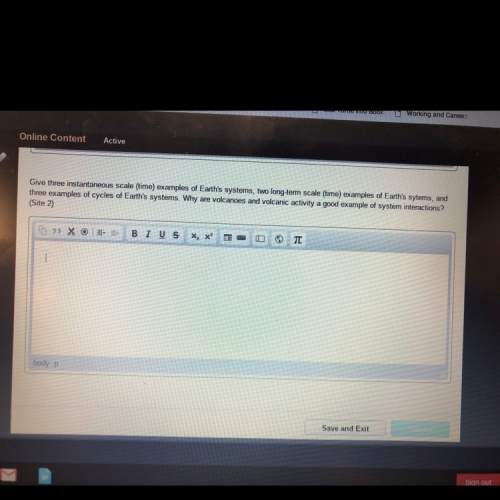
Divergent boundary , theory of continental drift , tectonic plate, rift valley, convection currents, convergent boundary, subduction zone, ridge push, mid ocean ridge, trench, Pangaea, Transform boundary, slab pull
the process by which one tectonic plate slips beneath another tectonic plate
the deepest area of the ocean
Huge pieces of earth's crust that cover its surface and fit together at their edges.
a place where two of earth's tectonic plates are moving apart; is associated with volcanism, earthquakes, and high heat flow and is found primarily on the seafloor
long, narrow depression that forms when continental crust begins to separate at a divergent boundary
place where two tectonic plates are moving toward each otheris associated with trenches, island arcs, and folded mountains
ancient landmass made up of all the continents that began to break apart about 200 million years ago
chain of underwater mountains that run throughout the ocean basins, have a total length of 65,000 km and contain active and extinct volcanoes
place where two tectonic plates slide horizontally past each other
tectonic process associated with convection currents in earth's mantle that occurs when the weight of an elevated ridge pushes an oceanic plate toward a subduction zone
tectonic process associated with convection currents in earth's mantle that occurs as the weight of the subducting plate pulls the trailing lithosphere into a subduction zone
the theory that earth's continents were joined as a single land mass, called Pangaea, that brokd apart about about 200 million years ago and slowly moved to their present positions
aid in the transfer of thermal energy from warmer regions of matter to cooler regions

Answers: 1


Another question on Biology

Biology, 22.06.2019 04:00
The wings of insects, birds, and bats evolved independently but carry out similar functions. this is an example of a. analogous structures. b. embryonic structures. c. vestigial structures. d. homologous structures.
Answers: 1

Biology, 22.06.2019 08:00
Drag each label to the correct location in the equation. not all tiles will be used. the density of mercury is 13.6 grams per cubic centimeter. complete the steps for converting 13.6 g/cm3 to kg/m3. (1 kg = 1,000 g, 1 m3 = 106 cm3)
Answers: 3

Biology, 22.06.2019 11:30
Will give ! ! widentify the advantages and disadvantages of renewable and nonrenewable energy resources.
Answers: 2

Biology, 22.06.2019 16:40
What is the function of the nucleus in the euglena cells you observed?
Answers: 1
You know the right answer?
Divergent boundary , theory of continental drift , tectonic plate, rift valley, convection currents,...
Questions

English, 28.07.2019 13:30

Geography, 28.07.2019 13:30



Biology, 28.07.2019 13:30

Mathematics, 28.07.2019 13:30


Mathematics, 28.07.2019 13:30





Biology, 28.07.2019 13:30



Mathematics, 28.07.2019 13:30


Mathematics, 28.07.2019 13:30


Mathematics, 28.07.2019 13:30




